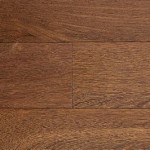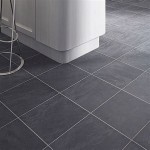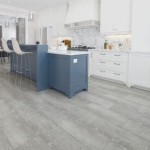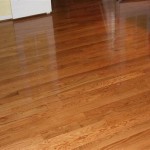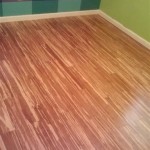Particle Board Flooring Fixing: Essential Aspects
Particle board flooring is a popular and cost-effective flooring option for homes and commercial spaces. However, its proper installation is crucial for its longevity and performance. Here are some essential aspects to consider when fixing particle board flooring:
Subfloor Preparation
A stable and level subfloor is essential for a successful particle board flooring installation.
Inspect the subfloor for any unevenness or damage. Repair or level it as necessary.
Ensure the subfloor is dry and free from moisture.
Install a moisture barrier, such as polyethylene sheeting, to prevent moisture from damaging the particle board.
Fixing Methods
There are two main methods for fixing particle board flooring:
- Floating Floor Installation: The particle board panels are clicked together and laid on an underlayment or foam padding. No nails or adhesive is used.
- Glue-Down Installation: The particle board panels are glued directly to the subfloor using a suitable adhesive.
The choice of fixing method depends on various factors, such as the type of subfloor, the desired level of stability, and personal preferences.
Expansion Gaps
Expansion gaps are necessary to allow for the natural expansion and contraction of the particle board flooring due to changes in temperature and humidity. Leave a 1/4-inch to 1/2-inch gap around the perimeter of the room and between any fixed objects, such as walls and cabinets.
T-Moldings and Transition Strips
T-moldings and transition strips are used to cover the expansion gaps and provide a smooth transition between different flooring materials. They come in various colors and styles to match the flooring and décor.
Tools and Materials
To fix particle board flooring, you will need the following tools and materials:
- Particle board flooring
- Underlayment or foam padding (for floating floor installation)
- Adhesive (for glue-down installation)
- Saw
- Measuring tape
- Spacers
- T-moldings and transition strips
- Safety glasses
- Dust mask
Additional Tips
Allow the particle board to acclimate to the room temperature for at least 48 hours before installation.
Cut the particle board panels to fit snugly against walls and obstacles.
Use a sharp saw and clean cuts to minimize chipping or splintering.
Follow the manufacturer's instructions carefully for the specific particle board flooring and fixing method you are using.
By following these essential aspects, you can ensure a successful and durable particle board flooring installation that will enhance the appearance and functionality of your space.

Parquetry Engineered Flooring Installation Method Over Particleboard

Solid Hardwood Flooring Installation Method Over Particleboard

Engineered Flooring Installation Method Over Particleboard

Parquetry Solid Hardwood Flooring Installation Method Over Particleboard

Why Particle Board Subfloors Are Bad Chris Loves Julia

Particle Board Flooring And Waterproofing

Particle Board Flooring Durable Building Material
Particleboard Structural Flooring Design Manual

How To Prevent Flooring Problems Prior Installation

How To Tearout Particle Board Before Install Of Wood Floor
Related Posts

